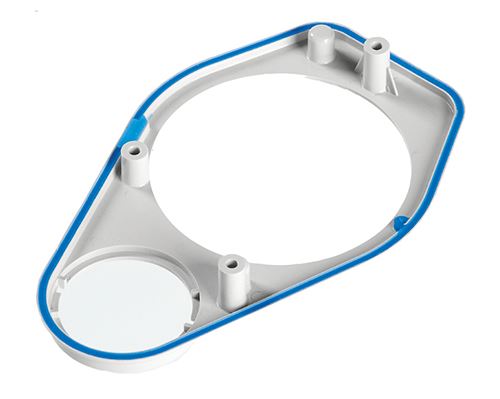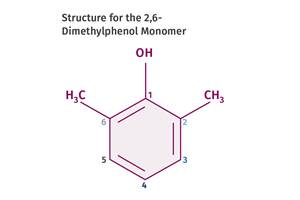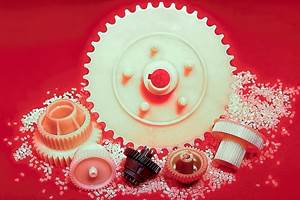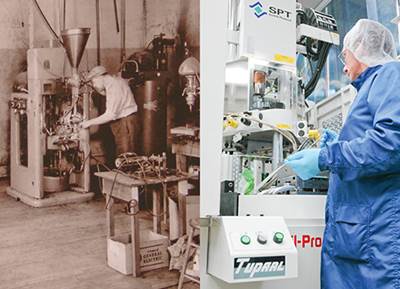Rogan Corp. at 80: Growing in Medical, LSR, Two-Shot Molding
Bondable TPEs and LSRs support growth in two-shot molding for medical and other markets.
One of the oldest plastics processing firms in the nation, Rogan Corp. of Northbrook, Ill., recently celebrated its 80th anniversary. The family-owned custom injection molding firm has grown to a $10-20 million business employing 65 in a 45,000-ft2 plant with 42 presses, where it serves medical, electronics, military, aerospace, and other markets. Two years ago, Plastics Technology profiled Rogan in an On-Site report (see link top right). A few weeks ago, we spoke with Jim Ritzema, director of operations, and Bruce Gianpetro, v.p. of sales and marketing, to catch up on the company’s recent growth and where it’s headed.
“We’ve been a lot more active in product development lately,” said Ritzema. Our pipeline has increased eightfold since a year ago.” About half that growth is in medical and the other half in two-shot molding and value-added decorating and assembly. Rogan added two more two-shot presses of 110 and 300 tons earlier this year. They are Wittmann Battenfeld HM series presses with rotary platens and energy-efficient servo-driven hydraulics. Ritzema said growth in two-shot molding has been supported by development of TPEs from firms like GLS/PolyOne, Teknor Apex, and Kraiburg that bond to a wide range of engineering thermoplastics.
To support the firm’s expanded volume in medical molding, Rogan purchased three Sodick Plustech hybrid presses of 20, 60, and 100 tons in the last two years. Rogan favors these two-stage screw/plunger injection presses for their precise shot-size repeatability, since there is no check valve to leak. These presses are used for molding small parts—even the 100-tonner, which was bought for higher cavitation of small components.
LSR GROWTH IN LED LIGHTING BECKONS
Another growth area is liquid silicone rubber (LSR), in which Rogan has seen “a huge increase in activity,” according to Ritzema. About half that activity is in hard-soft overmolding, such as an automotive underhood part of 40% glass-filled nylon with a silicone seal. Another example is the medical part pictured here, of polycarbonate with an overmolded seal of bondable LSR. Two-shot molding eliminated the costs of post-mold assembly and improperly seated gaskets. Although the bondable LSR is more expensive than standard LSR, overall cost savings are estimated at over $80,000.
Gianpetro sees an emerging market of significant volume for LSR in LED lighting diffusers. Silicone is beginning to replace acrylic due to its wide service-temperature range, suitable for outdoor applications. Arrival of optically clear LSR grades in the last couple of years is an important factor in this market opportunity, Gianpetro says. This past spring, Rogan added a cold-deck system from M.R. Mold and Engineering Corp., Brea, Calif., to its existing vertical Sodick LSR press. Similar to what Rogan uses in its horizontal Sodick LSR machines, this two-drop cold deck uses a M.R. Mold “universal” base that can be used with a range of heated core/cavity blocks, thereby saving customers $25,000 to $50,000 by not having to purchase a cold deck for their custom tooling.
‘HIDDEN COSTS’ OF CHINESE MOLDS
Ritzema and Gianpetro say that “reshoring” of jobs coming back from Asia is a continuing trend as more and more domestic OEMs recognize “the hidden costs of working overseas.” Nonetheless, Gianpetro says that low tooling prices in China are a primary factor driving molding business overseas. That’s despite the “hidden costs” of such tooling: “They wear out faster. We see Chinese molds that last only three years instead of 10 years if domestically built. After those three years, the ‘cheap’ Chinese mold actually ends up costing more than one built here.” The main force pushing tool purchases to China is customer insistence on low upfront price. “But it’s not a happy ending,” says Gianpetro.
CHANGE IS COMING
With so much new product development activity, Rogan is making increasing use of additive manufacturing or “rapid prototyping” technologies. It uses outside service bureaus at present but Ritzema is confident that “we will get our own 3D printer in 2015. Everyone knows that this technology will change manufacturing. The only question is, How?”
Related Content
Tracing the History of Polymeric Materials: Polyphenylene Oxide
Behind the scenes of the discovery of PPO.
Read MoreHow Do You Like Your Acetal: Homopolymer or Copolymer?
Acetal materials have been a commercial option for more than 50 years.
Read MoreVolume Resin Prices Move in Different Directions
PE, PP, PVC, and ABS prices slump, while PS, PET, PC, and nylons 6 and 66 prices rise.
Read MoreTracing the History of Polymeric Materials: Aliphatic Polyketone
Aliphatic polyketone is a material that gets little attention but is similar in chemistry to nylons, polyesters and acetals.
Read MoreRead Next
Rogan Corp. Is an Old Hand At Exploring New Frontiers in Plastics
the 78-year history of the Rogan Corp. is full of twists and turns. But one consistent theme stands out—an adventurous and inventive spirit that has put Rogan on the leading edge of a number of important trends in plastics—and even on the frontiers of space exploration.
Read MoreRogan Corp. Is an Old Hand At Exploring New Frontiers in Plastics
the 78-year history of the Rogan Corp. is full of twists and turns. But one consistent theme stands out—an adventurous and inventive spirit that has put Rogan on the leading edge of a number of important trends in plastics—and even on the frontiers of space exploration.
Read MorePeople 4.0 – How to Get Buy-In from Your Staff for Industry 4.0 Systems
Implementing a production monitoring system as the foundation of a ‘smart factory’ is about integrating people with new technology as much as it is about integrating machines and computers. Here are tips from a company that has gone through the process.
Read More


























